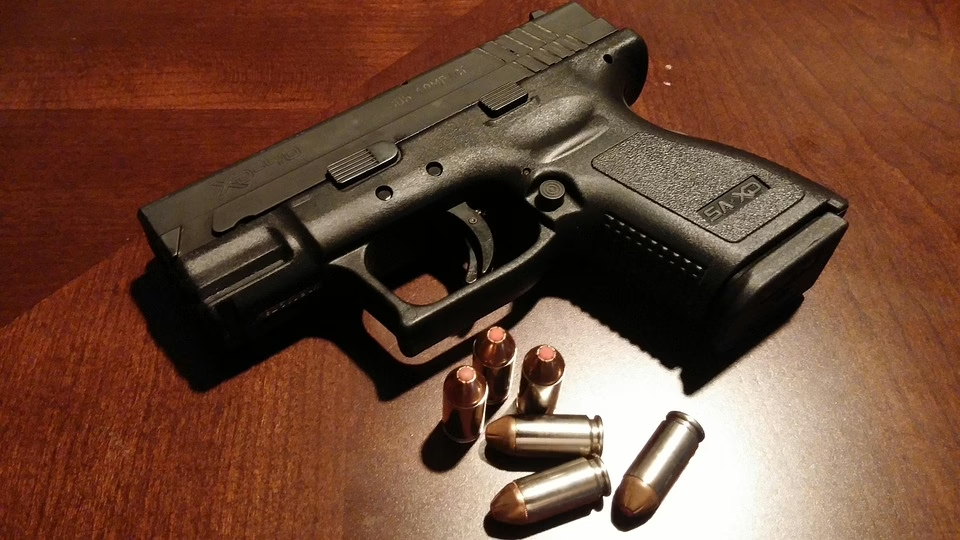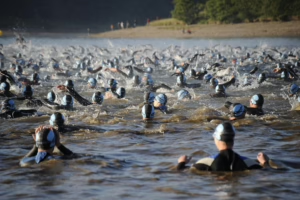Know Your Limits: Effective Pressure Points for Self-Defense
In an increasingly unpredictable world, personal safety is an immediate concern for many individuals. One person’s approach to ensuring safety varies immensely from another’s. For some, it’s about situational awareness and conflict avoidance. For others, learning self-defense techniques offers a tangible way to reclaim their sense of security. This article focuses on an often-overlooked aspect of self-defense — pressure points. Understanding pressure points and how to apply this knowledge can empower individuals in dangerous situations.
Introduction to Pressure Points
Pressure points are specific areas of the body where the pressure applied can be used to inflict pain, immobilize, or control an opponent. These points are often associated with various martial arts but have found their way into mainstream self-defense practices as well. The human body contains numerous pressure points, but not all are relevant in self-defense scenarios.
The Science Behind Pressure Points
The efficacy of pressure points lies in the interaction between the nervous system and muscle function. When pressure is applied to a specific point, it can cause muscle spasms, pain, or even loss of consciousness if the point is hit with enough force. This is because many pressure points correspond with nerve endings or areas that control muscle movement.
Basic Anatomy
Understanding basic anatomy can enhance your effectiveness in targeting pressure points. Here are some vital areas to familiarize yourself with:
-
Head and Neck
- Temples: Located at the side of the head, they can induce severe pain when struck.
- Mandibular Angle: The jaw hinge, a well-known pressure point that can incapacitate.
-
Torso
- Solar Plexus: A vital area located just below the rib cage. A blow to this point can knock the wind out of an opponent.
- Sternum: A strong hit here can cause immense discomfort.
-
Arms and Hands
- Inner Elbow: A sensitive area that can incapacitate your opponent when pressure is applied or struck.
- Wrist: A pressure point that can also control an opponent’s movement.
-
Legs and Feet
- Knee Joint: A painful area to strike that can cause an opponent to lose their balance.
- Achilles Tendon: Striking here can temporarily immobilize a foe.
Understanding Your Limits
Personal Safety and Confidence
Before embarking on a journey into self-defense, it’s crucial to understand your own limits. Psychological factors often play a significant role in personal safety and self-defense scenarios. You must gauge your physical capabilities, mental preparedness, and emotional resilience.
Mental Preparedness
Self-defense isn’t solely about physicality; it’s also determined by your mindset. Would you have the confidence to defend yourself if necessary? Understanding your psychological limits is key to effective self-defense.
Physical Training
It’s essential to maintain physical health and training. Build your endurance, flexibility, and strength, as these will influence your ability to execute pressure point techniques efficiently.
Pressure Point Techniques
Basic Techniques
-
The Solar Plexus Strike
- How to Perform: Using a quick, thrusting motion with your fist, strike just below the rib cage.
- Effectiveness: This can incapacitate an attacker momentarily, allowing you to escape.
-
Wrist Lock
- How to Perform: Grab the opponent’s wrist with one hand, using the thumb of the other to push against the inner wrist.
- Effectiveness: This can maneuver the opponent’s arm, allowing you to control their movement.
Advanced Techniques
-
Knee Strike
- How to Perform: Lift your knee swiftly to strike the opponent’s groin or abdomen.
- Effectiveness: This can cause immediate and noticeable pain, giving you a chance to escape.
-
Chokehold Release
- How to Perform: If someone is attempting to choke you, press on their wrist while simultaneously striking their temple.
- Effectiveness: This can loosen their grip and disorient them.
Practical Applications
Training Scenarios
To effectively learn pressure point techniques, practice them in controlled, safe environments. Consider enrolling in self-defense classes where you can safely learn and apply these techniques.
Situational Awareness
Self-defense isn’t only about knowing techniques; it’s equally about preventing conflict before it escalates. Learning to assess your surroundings and identify potential threats can save you from needing to use pressure point techniques altogether.
Self-Defense Gear
Utilizing self-defense tools such as pepper spray, personal alarms, or even a tactical pen can complement your knowledge of pressure points, providing layers of protection.
Ethical Considerations
Using pressure points for self-defense should always be ethical. Your intent should be to escape the situation rather than to cause serious harm to another individual. The use of excessive force is not only morally questionable but might also have legal repercussions.
Legal Ramifications
Understand the laws surrounding self-defense in your region. Different places have varying laws that explain when you can use force and to what extent.
Conclusion
Becoming proficient in pressure point techniques can be empowering, but remember that self-defense also encompasses a broader philosophy rooted in awareness, preparation, and understanding one’s limits. Developing this holistic approach can enhance your overall safety and your ability to act effectively in a situation requiring self-defense.
While the discussion on pressure points gives you tools to defend yourself physically, cultivating mental resilience and situational awareness is equally vital. Recognize your own limits and continue to build your skills while maintaining a mindset of respect and responsibility.
References
- [Krawtchouk, O. (2020). The Science of Pressure Points in Self-Defense. Fighting Systems Publications.]
- [Duncan, P. (2019). Self-Defense for Women: Understanding Personal Safety and Pressure Points. Empower Publishing.]
- [Jensen, L. (2021). Anatomy of Self-Defense: Understanding Pressure Points. Martial Arts Insights.]
- [Smith, J. R. (2022). Mindset Training for Self-Defense. The Psychological Aspect of Combat Sports.]
- [Chen, M. (2023). Legal Implications of Using Self-Defense Techniques. Journal of Personal Safety.]
This article serves as a cornerstone for understanding the vital role pressure points play in self-defense, reminding you to know your limits and respect the power that comes with this knowledge.


























Add Comment